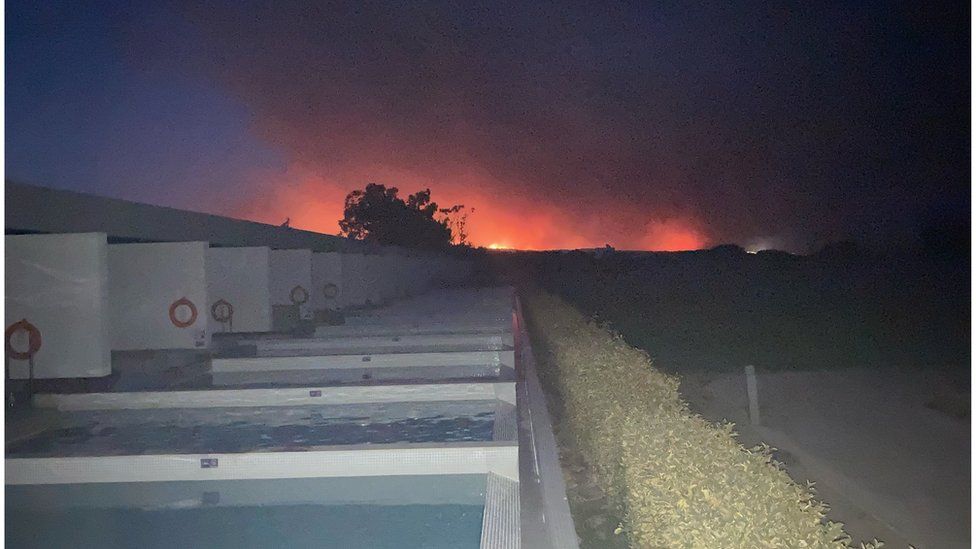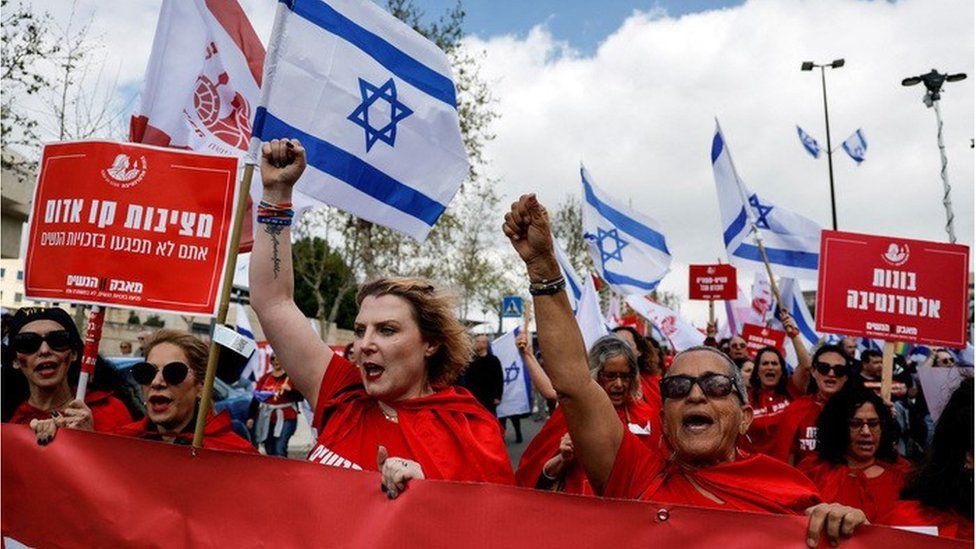Rohit Singh has a speech pattern that is noticeably different from that of his mother.
Living in Mornington Peninsula, a beachy cape about an hour's drive from Melbourne, he is a second-generation Indian immigrant.
He has been assisting his parents in running Avani, a boutique winery they established after moving to Australia in the 1990s, for the past two years.
According to Mr. Singh, Melbourne's South Asian population has grown significantly over the past ten years. As a result, Avani has begun hosting wine pairing events that feature Indian cuisine. For example, meen pollichathu, a baked fish recipe from southern India, is served with Pinot Gris, while dal makhani, a slow-cooked, creamy black lentil dish, is paired with Pinot Noir.
One of the largest "immigrant nations" in the world, Australia is home to more than 710,000 Indians, including the chefs and restaurateurs who are behind these experiments. In Australia, Indian immigrants have surpassed Chinese immigrants to become the second-largest migrant group, behind only English immigrants, as a result of their rapid population growth over the past few years. The tech industry, which has a high demand for skilled workers in the nation, has been a major driver of the recent wave of Indian immigration.
Indians were hardly present in public life when her parents moved there in the 1960s, according to journalist Aarti Betigeri, who is currently editing an anthology on the experiences of Indians growing up in Australia. It was unusual to see another Indian on the street, the woman claims.
Things have changed since then. She claims that they work in a variety of fields, own their own businesses, and are even getting into politics.
There are four Indian-origin politicians in the recently elected New South Wales government, including Daniel Mookhey, who in March became the first politician of Indian origin to hold the position of treasurer of an Australian state. There is still a long way to go, however, as Australians of Indian descent and those of other non-European ancestry continue to be underrepresented in politics, particularly at the federal level.
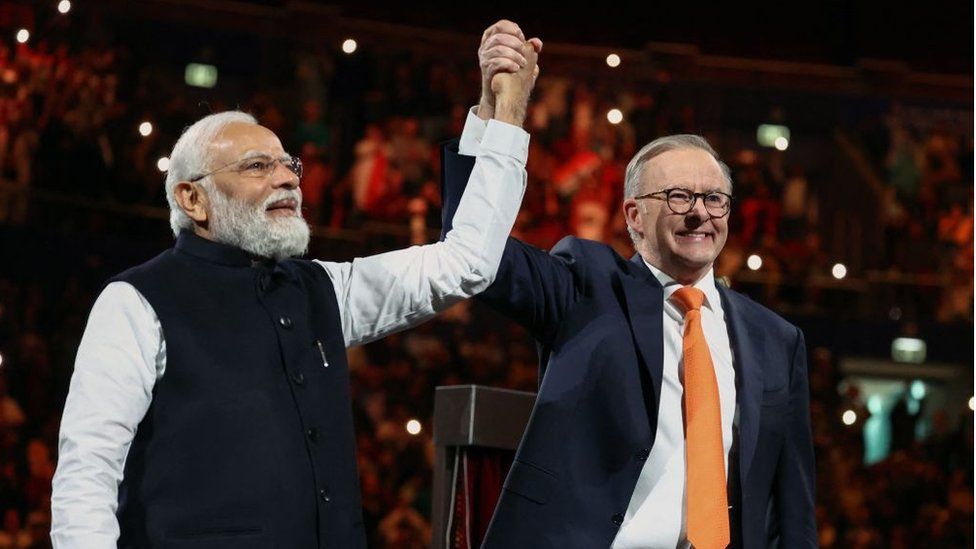
According to Ms. Betigeri, exports of soft power have been crucial in bringing the two nations together. The Indian Prime Minister Narendra Modi recently spoke at a rally in Sydney that was attended by thousands of people from the Indian diaspora. He discussed how MasterChef Australia, cricket, and movies were bringing people together.
According to experts, the bilateral ties have significantly improved under the leadership of his Bharatiya Janata Party (BJP) government, which has been in power in India since 2014. The last Indian prime minister to visit Australia was Mr. Modi, who did so in November 2014.
The two nations announced a migration agreement during his recent visit to Sydney in May in order to facilitate travel and employment for academics, professionals, and students between Australia and India. They reaffirmed their commitment to reaching an agreement on extensive economic cooperation, which is expected to build on the results of an accord signed in April.
Anthony Albanese, the prime minister of Australia, made his first official trip to India since taking office in March. During their meeting, the two leaders talked about bilateral trade, economic cooperation, education, and defense and security.
According to Pradeep S Mehta, who works for CUTS International, a global public policy research and advocacy organization, "the frequent meetings of the prime ministers and ministers have deepened bilateral ties that was not seen in earlier days.".
Considering that both countries are members of the four-nation Quad grouping, which aims to limit China's influence in the Indo-Pacific region, observers claim that this partnership is seen as advantageous for both countries.
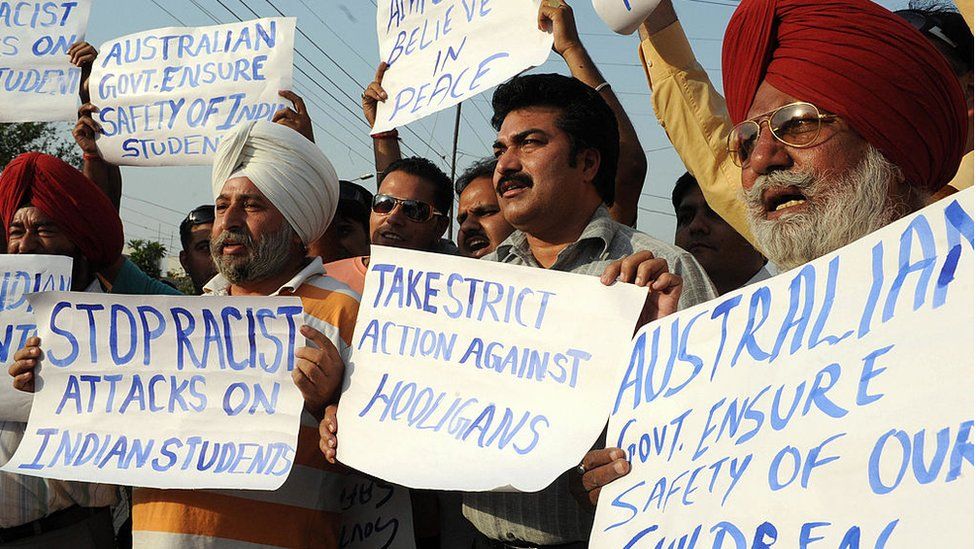
Gondwana, a supercontinent that once existed, was the physical link between Australia and India, which dates back millions of years. However, the history of Indian immigration to Australia is much more complicated. Early immigrants came to Australia in the 1800s to work as servants or laborers for British subjects relocating from India.
After the White Australia policy, a racist law that restricted non-white immigration, was repealed in 1973, a wider range of Indians started migrating in the 1900s, and their numbers significantly increased.
According to Jayant Bapat, a researcher who has co-authored a book on the Indian diaspora in Australia, "Even then, Australia remained selective with the kinds of migrants it welcomed; only skilled migrants, like tech workers, doctors, nurses, and academics, were welcomed, and that too on a very small scale.".
The John Howard-led government's 2006 introduction of policy changes that made it simpler for Indian students to obtain permanent residency was the real game-changer.
Indian students continue to make up a significant portion of temporary migrants. According to Mr. Bapat, many of them are permitted to settle in Australia after receiving their degrees.
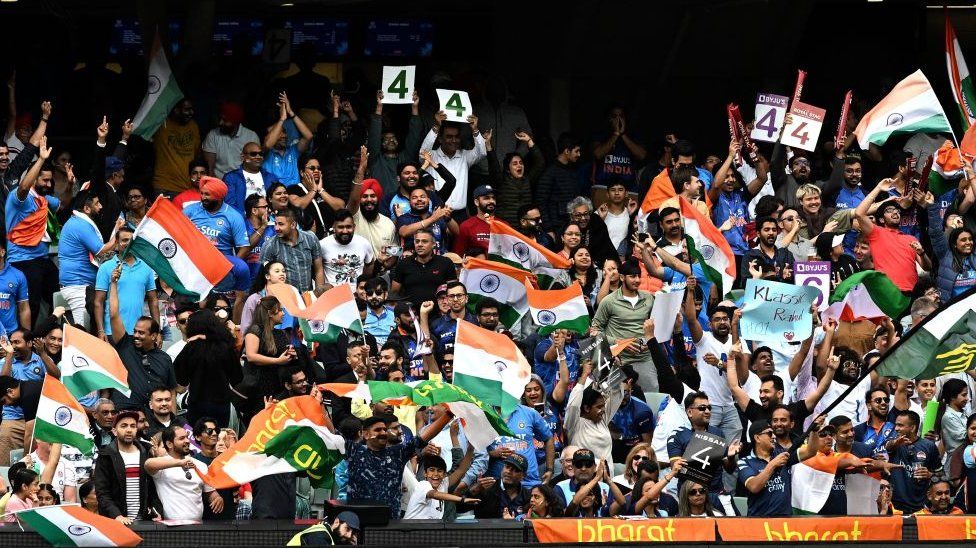
However, there were conflicts as well. Violent assaults on Indian students in Sydney and Melbourne in the late 2000s garnered widespread media attention.
Numerous Indian immigrants protested in the streets, India reacted strongly, and the Australian government took action to resolve the issue. Violence is still occasionally reported in isolated incidents.
Supporters assert that immigrants from South and East Asian nations have boosted Australia's economy and brought the country's society the much-needed multiculturalism. Opposition politicians, however, have criticized Australia's immigration policies, claiming that immigrants from lower-paying countries steal jobs and strain the country's resources.

By educating people about their culture and heritage, some members of the Indian community claim they are working to make Australia more diverse.
Divya Saxena, 24, who was born and raised in Sydney, wants to increase the popularity of Kathak and Bharatnatyam in Australia.
According to her, there is a thriving community of Indian-Australian creatives in Sydney who share a commitment to "breaking stereotypes" about the South Asian community and assisting one another's businesses.
Recently, Ms. Saxena created a dance routine for Rowi Singh, an Indian-Australian makeup artist who draws inspiration from her South Asian heritage when creating vibrant looks.
"The focus of our parents' generation was on maintaining secure employment so they could provide a better life for their offspring because they had to start from scratch here. They therefore bowed their heads and worked to blend in. My generation, however, is exempt from such a burden, according to Ms. Saxena.
"We have the freedom to follow our dreams, and many of us are working to make Australia even more welcoming for coming generations. ".
the YouTube channel for BBC News India. Click . here. to subscribe and watch our explainers, features, and documentaries.


